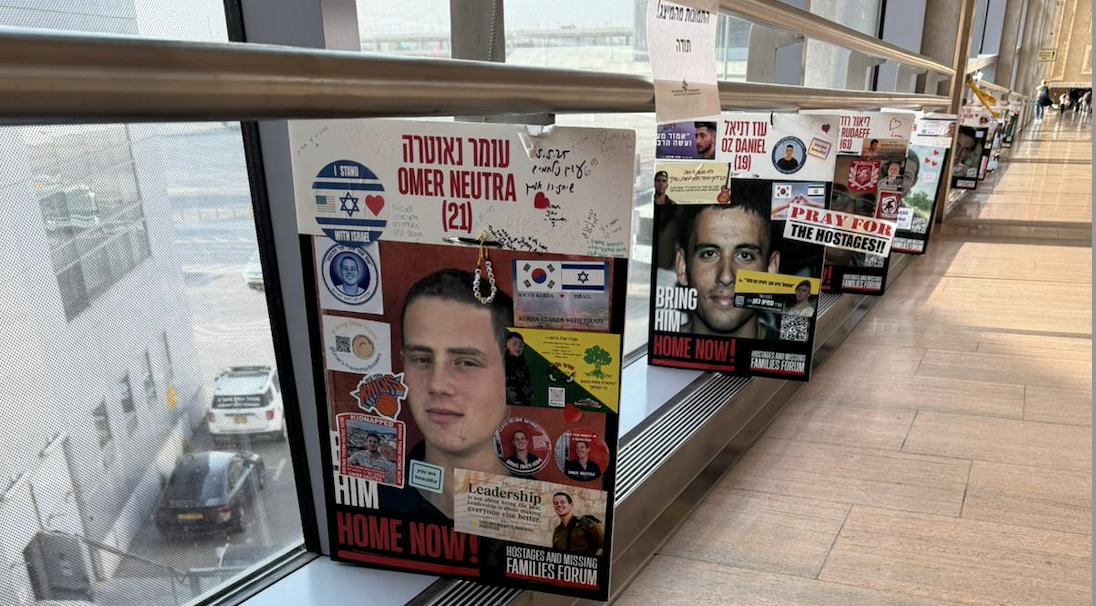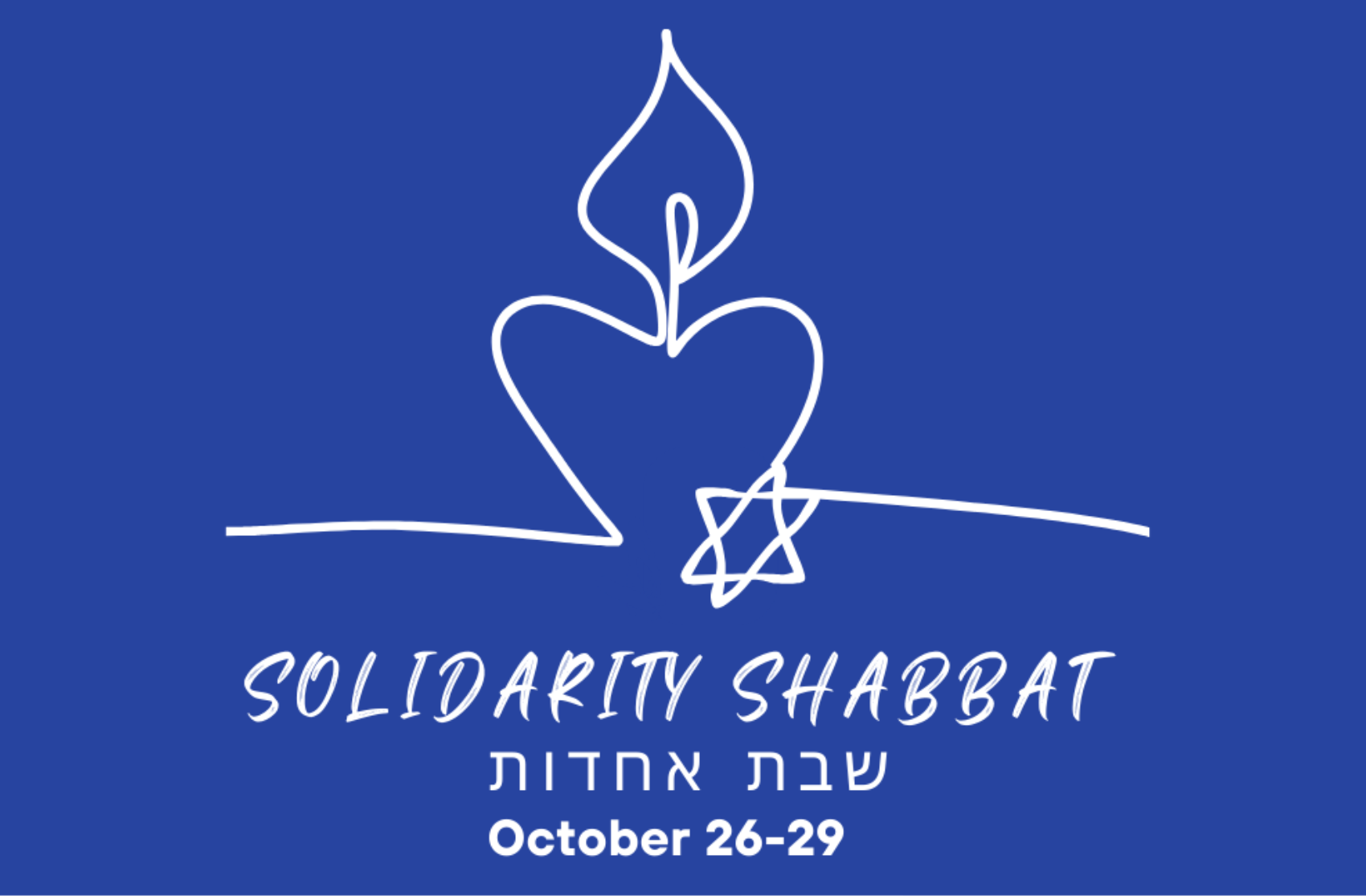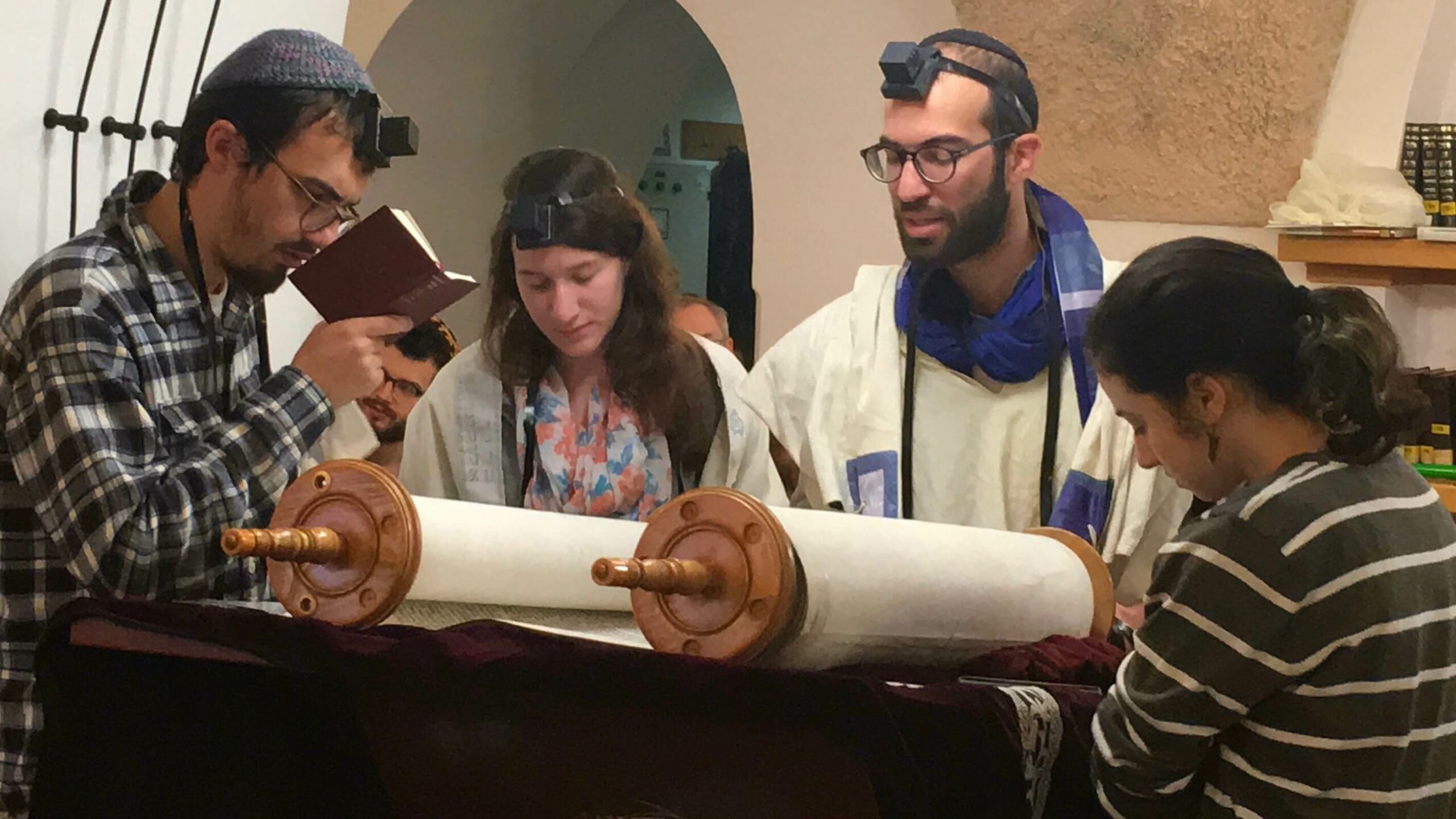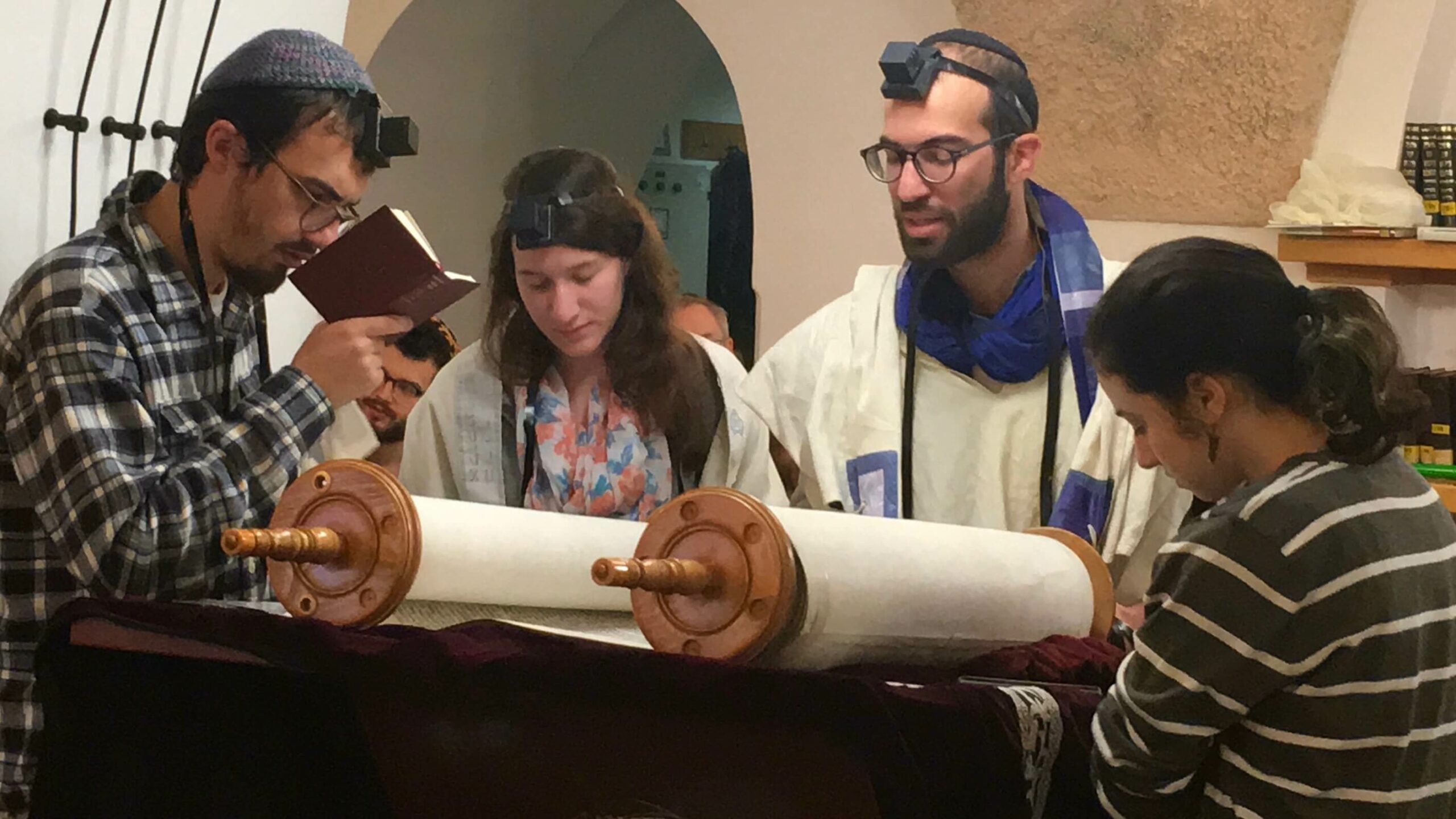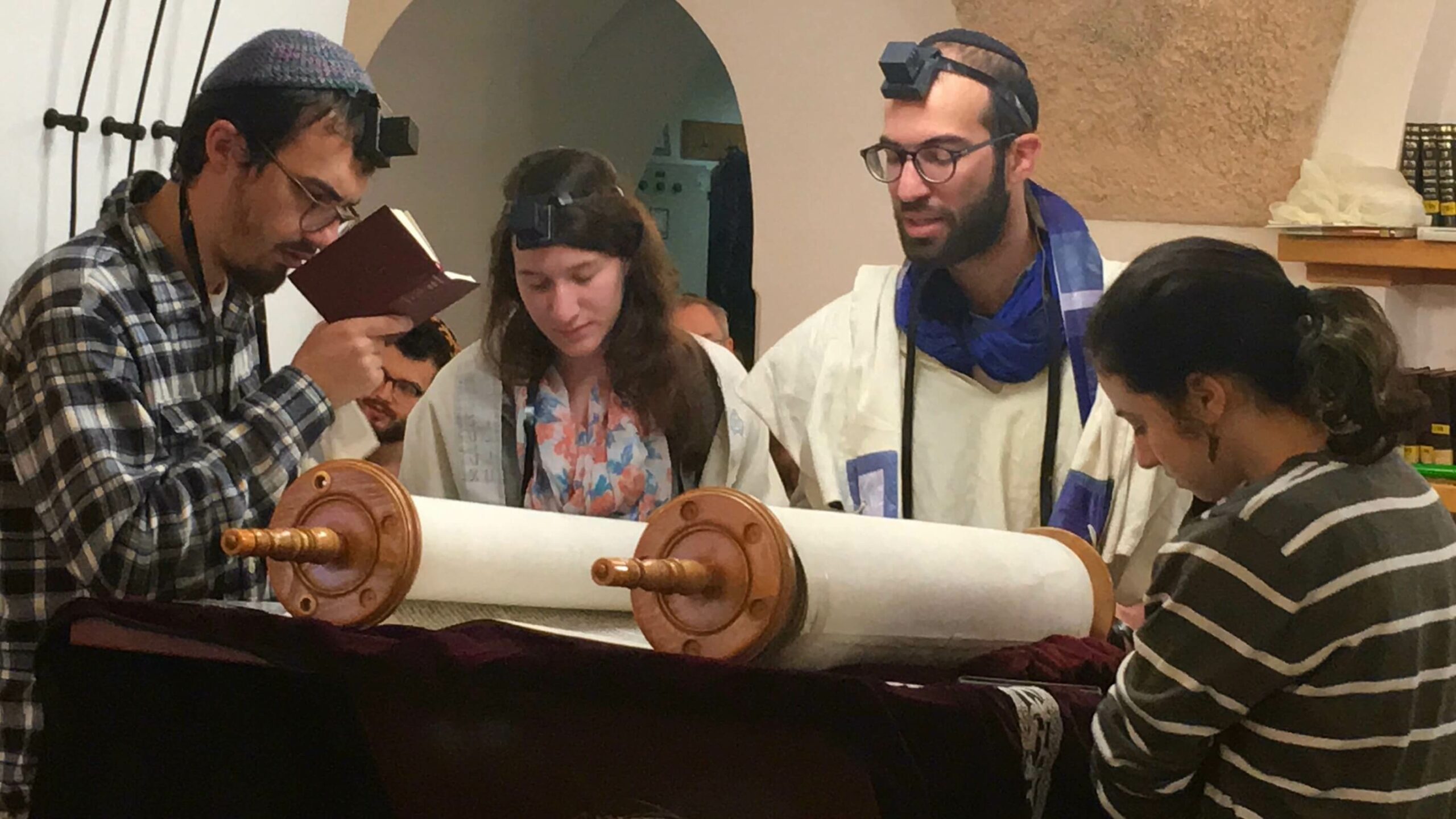
TORAH SPARKS (Printable Version)
Parashat Terumah
February 17, 2018 | 2 Adar 5778
Annual | Exodus 25:1-27:19 (Etz Hayim p. 485-498; Hertz p. 325-336)
Triennial | Exodus 26:1-26:30 (Etz Hayim p. 491-495; Hertz p. 330-333)
Haftarah | 1 Kings 5:26-6:13 (Etz Hayim p. 499-502; Hertz p. 336-338)
Dvar Torah: The Living Mishkan
Dr. Shaiya Rothberg, Conservative Yeshiva Faculty
Moreover thou shalt make the tabernacle with ten curtains of fine twined linen, and blue, and purple, and scarlet: with cherubims of cunning work shalt thou make them. The length of one curtain shall be eight and twenty cubits, and the breadth of one curtain four cubits: and every one of the curtains shall have one measure … Fifty loops shalt thou make in the one curtain, and fifty loops shalt thou make in the edge of the curtain that is in the coupling of the second; that the loops may take hold one of another…and it shall be one mishkan (tabernacle). – Shemot: 26:1-11
After weeks of powerful narrative (Burning Bush, Plagues, Crossing the Sea, Sinai) and profound laws (10 Commandments and Parshat Mishpatim), Parashat Terumah drops like a stone in our midst with its repetitious detail that only an architect or interior designer might appreciate. The curtain in the Mishkan has to have fifty loops. Fifty loops?! So what! Who cares?!
While generations of Bar Mitzvah kids would probably not agree, the authors of the classic work of Jewish mysticism, The Zohar, found in Parashat Terumah’s detailed account of the mishkan’s structure an interpreter’s paradise. The intricacies of the construction of this holy space, in which God’s presence on earth would manifest, fired their imaginations. They were perhaps most struck by the combination of multiplicity and unity in the mishkan’s construction: There are myriad curtains, boards and sockets (and don’t forget the fifty loops!), but they all come together, “and it shall be one mishkan” (Shemot 26:11). For in the unity that emerges from the multiplicity, the spirit of God is manifest: “…and the glory of Y-H-V-H filled the mishkan” (Shemot 40:34).
The Zohar immediately sees a parallel. For what else is composed of intricate systems, and systems inside of systems, but when they come together in one unity, a unique spirit becomes manifest? The human being! “In a human being there are many members, higher and lower; some internal, within; others outside, revealed. Yet they are all considered one body, one person in a single bond. So too, is the mishkan … when its members all join together as one, then it is written, ‘the mishkan shall be one’, like a human being.” (Zohar 2:162b).
Both the human body and the mishkan are complex structures composed of many parts. But when they are properly constructed, a unity prevails, and in that unity emerges a higher and more sublime dimension of reality: the human spirit and the presence of God.
And yet, simply having a body or constructing a building is not sufficient. We, like the devotees of all humanity’s spiritual traditions, seek a higher way. We call that way the Torah. And is the Torah not also an intricate system, with systems inside of systems, from which emerges a higher unity? The Zohar tells us: “The commandments of the Torah are all members and limbs…when they all come together, they amount to one mystery. And this is the secret of the mishkan, that it is all limbs and members, and they all amount to the mystery of humanity.”
And thus, for the Zohar, the mishkan, the human being and the Torah all manifest “the mystery of unity”. In this mystery, different disparate parts join together into a living whole. And in that whole is manifest a higher, spiritual, dimension of reality.
May we all find that higher spirit in our practice of Torah. And may you live to see the glory of God fill the holy of holies, wherever that space be for you.
Parashat Terumah Self-Study
Vered Hollander-Goldfarb, Conservative Yeshiva Faculty
The story of the Exodus pauses to focus on another story: The building of the Mishkan (literary ‘a dwelling place) – the Tabernacle. This week we get the initial instructions for making a portable temple.
1) The people are asked to donate gold, silver, copper and other precious materials for the Mishkan (25:1-7). Considering that they fled Egypt as a nation of slaves, how did all these precious materials come into their possessions?
2) Many times in this Parasha Moshe is instructed to tell the people ‘you shall make ____’. In the Hebrew there is a distinction between the plural ‘you’ and the singular form. In the beginning it is in plural. As it gets into the details of the furnishings it moves to the singular form. Why might that be?
3) The furniture will be made with hoops on their sides (25:12-16, 26-28). What was put through those hoops? In the ark it says that they shall not be removed. What do you think is the reason for this?
4) On the table that was in the Mishkan there will always be bread (25:30). If God doesn’t need a sandwich, why is the bread there?
5) The parochet separates the holy from the holy of holies (26:31-33). Almost no one entered the holy part of the Mishkan (the public things, such as sacrifices and offerings, take place in the courtyard), and much less the holy of holies. So why are we so careful to set up separations?
For Further Conversation
1) Why do the Torah and Haftarah include so much detail about how the Mishkan (Tabernacle) and Mikdash (Temple) were built?
2) What are some examples in our lives where we pay attention to every detail? Why is that the case?
3) When we are immersed in the details, how do we keep both the end goals and our deepest values in mind?
Dvar Haftarah: A Higher Value
Rabbi Mordechai Silverstein, Conservative Yeshiva Faculty
King Solomon set about the practical work of building the Temple that his father, David, had dreamed of. The biblical storyteller gives us an elaborate description of the work detail Solomon sent to Lebanon to gather the lumber required for the building of the Temple in Jerusalem: “King Solomon imposed forced labor on all Israel; the levy came to 30,000 men. He sent them to Lebanon in shifts of 10,000 a month: they would spend one month in the Lebanon and two months at home.” (1 Kings 5:13-14)
The rabbinic sages wondered about the necessity of including these particular details in telling the story of the building of the Temple. But as we have seen, their keen eye and powerful imagination enabled them tease out significant messages from seemingly extraneous material found in the Tanakh.
In the version of the Talmud redacted in Eretz Yisrael, a sage named Rabbi Avin finds in the passage quoted above an important teaching about the divine hierarchy of values: “Said Rabbi Avin: The commandment of ‘peru ur’vu – be fruitful and multiply’ is more beloved on the Holy One Blessed be He than the building of the Temple. How do we know? [For it is written:] ‘they would spend one month in the Lebanon and two months at home.’” (Yerushalmi Ketubot 5:6 30b)
It is not hard to follow Rabbi Avin’s reasoning. He deduces from the fact that one spends only one month away from home for the sake of building the Temple, while spending two months at home, that marital relations and procreation take precedence over something as vitally important as building of the Temple. While it is impossible to know whether this is really what King Solomon had in mind, Rabbi Avin’s interpretation gives us a window into his, and much of Rabbinic Judaism’s value system.
The significance of the Temple is apparent to all. It was the focal point of Jewish worship. Still, important as it was, it was a building of wood and stones. Rabbi Avin is expressing here his opinion that human relations and the proliferation of the Jewish people, and through it God’s message, take precedence in God’s eyes even over the building of the Temple.
Obviously, this is hyperbole but it expresses something important which is often forgotten. Where should Jewish priorities rest? Should we focus on material things and grand projects? Or should we focus on people, building strong families and thriving communities? Rabbi Avin’s preference is clear.

